World News
The Jarring Opulence of Anant Ambani’s Big Fat Indian Wedding
One would be forgiven for thinking that Anant Ambani, the youngest son of Asia’s richest man, had already gotten married to pharmaceutical heiress Radhika Merchant months ago. After all, the billionaire Ambanis—who run Reliance Industries, India’s largest conglomerate—have hosted several lavish wedding festivities since December.
There was an engagement party in January, followed by a three-day pre-wedding celebration in March in the family’s refinery township of Jamnagar in the state of Gujarat. The star-studded bash caught the world’s attention with its 1,200-person guest list, which included tech billionaires Mark Zuckerberg and Bill Gates, Ivanka Trump and Jared Kushner, and an exclusive performance by Rihanna. In May, the Ambanis set off on a four-day European cruise starting in the Italian city of Palermo, featuring on-deck concerts from the Backstreet Boys, Pitbull, and David Guetta. A masquerade ball at the Chateau de la Croix des Gardes mansion in France that month had a performance by Katy Perry, while an evening event in Portofino on the Italian Riviera, also in May, featured Andrea Bocelli. In July, a musical night traditionally known as the sangeet, saw Justin Beiber perform at the Nita Mukesh Ambani Cultural Center, an arts venue founded by the groom’s mother, Nita Ambani. Earlier this week, there was also a private haldi ceremony, a Hindu wedding ritual where friends and family typically bless a couple by applying turmeric paste to the bride and groom.
Read More: What to Know About Anant Ambani’s Star-Studded Indian Billionaire Pre-Wedding
But the mammoth celebrations are yet to culminate in an actual wedding ceremony where Anant Ambani will finally tie the knot with Merchant. The event, which will be held from July 12 at the Jio World Convention Center in Mumbai, is promised to be the most lavish wedding of the year, with festivities extending until July 14.
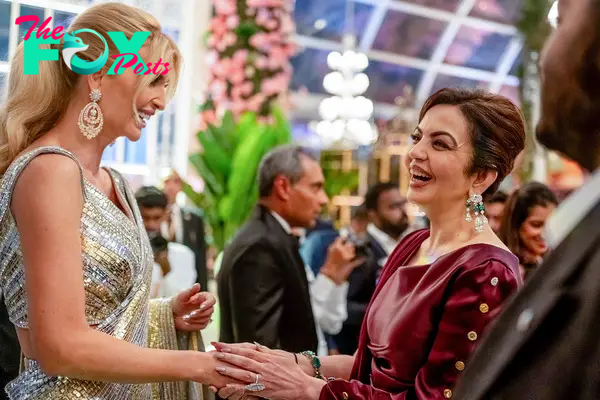
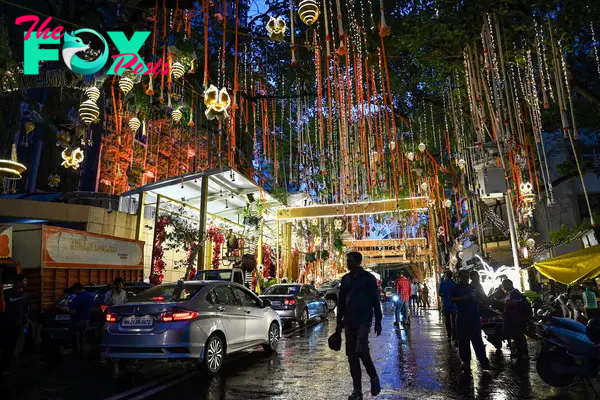
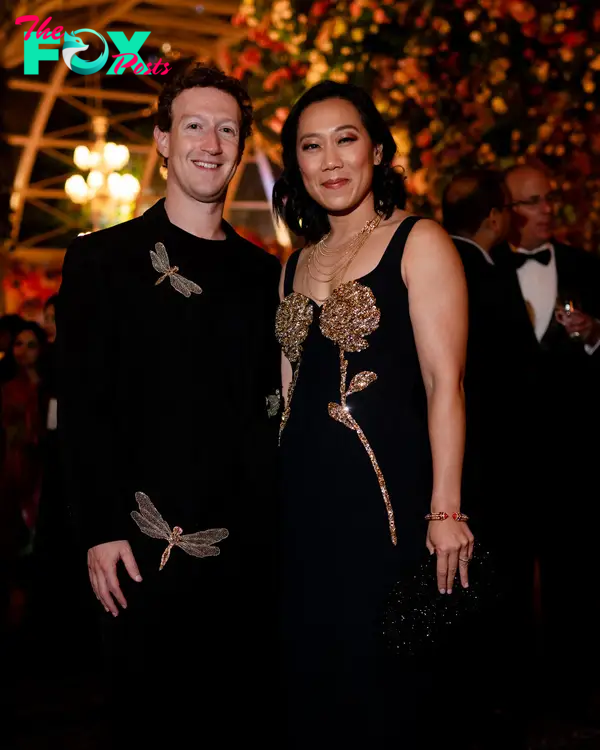
By most accounts, an extravagant Ambani affair was expected from Mukesh Ambani, the father of the groom, who has an estimated net worth of over $122 billion. For India’s Business elite, big Indian weddings are not only for creating memorable moments, but also a way to display their wealth, status, and social capital. The Indian luxury wedding market has grown so big in recent years that wealthy Indians now spend over $75 billion annually on weddings that attract the country’s biggest celebrities, fashion designers, and Entertainment iNFLuencers, according to a report by WedMeGood, an Indian wedding planner.
Nor is this the first time that the Ambanis have made headlines for throwing a bash: in 2018, the family hosted the most expensive Indian wedding to date for Mukesh Ambani’s daughter, Isha, at a reported cost of almost $100 million. The wedding was spread across Udaipur, Mumbai, and Lake Como, and featured Beyoncé as the headliner.
Yet, the opulence of the latest Ambani wedding has caused discomfort for those who find the display of wealth jarring in a country with soaring income inequality under the rise of Indian billionaires. “The magnificence of this wedding is evocative of existing, and widening, inequality in India and the cultural ease with which this privilege is sometimes flaunted,” says Anuradha Sajjanhar, author of The New Experts: Populist Elites and Technocratic Promises in Modi's India.
Today, India’s richest 1% own around 40% of the country’s wealth, according to Credit Suisse data cited by a 2023 Oxfam report, while more than 200 million people continue to live in poverty. One study by the World Inequality Lab in March found that the gap between India’s rich and poor is now so wide that by some measures, there was more equality in India under British colonial rule than today. The report goes on to call it a “Billionaire Raj.”
Read More: India’s Income Inequality Is Now Worse Than Under British Rule, New Report Says
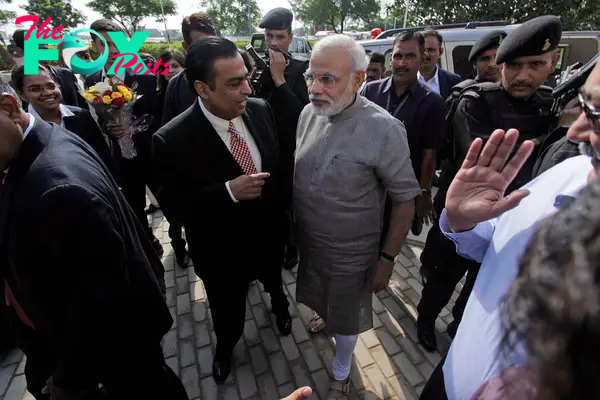
While the Ambanis’ display of wealth has “always bordered on caricature, both real and unreal,” Sajjanhar says the family’s particular aesthetic of corporate wealth “works hand in hand, both symbolically and economically, with the BJP government.” That’s largely due to Mukesh Ambani’s long-held close ties with Indian Prime Minister Narendra Modi. During a development summit held in Gujarat earlier this year, the Reliance Chairman praised Modi for his “vision and consistency” and called him “the greatest global leader of our times.” Ambani’s youngest son also paid tribute to the Prime Minister during his pre-wedding celebrations in March, telling a local TV channel that the venue in Jamnagar was inspired by Modi’s “Wed in India” campaign. “It's a matter of pride and happiness when our PM said that one should get married in India," 28-year-old Ambani said. Many outlets have even speculated on whether the Prime Minister himself will make a fleeting appearance at the July 12 wedding.
Critics who allege that this close relationship between India’s leader and India’s richest man has led to crony capitalism—a system under which Business leaders benefit from strong relationships with bureaucrats and politicians—were particularly incensed when the Indian government temporarily upgraded the Jamnagar airport’s status from domestic to international overnight in March for the pre-wedding festivities, with staff, Military, and air force personnel deployed in service of the Ambanis. The government’s civil aviation office later stated that it did not have any information about which rules and provisions were followed to designate new status to an airport rarely used otherwise. Similarly, this weekend will see restricted access to roads leading up to the wedding venue in Mumbai, with residents slamming officials online for calling the Ambani wedding a “public event.”
Sajjanhar says Indian billionaires like Ambani have for years benefitted from their associations with Modi, as evidenced by state contracts awarded to Reliance to build India's infrastructure, digital connectivity, and commerce. During the first four years under the Modi government, Mukesh Ambani saw his wealth more than double—from $23 billion to $55 billion. At the same time, India’s billionaires have also emerged as political tools for Indian politicians. In February, India’s Supreme Court scrapped electoral bonds, a seven-year-old election funding system introduced by the Modi government, which allowed the ruling party to receive $635 million in corporate donations.
Read More: Why India’s Supreme Court Eliminated Anonymous Political Donations

But in a country where millions of middle-class and poor Indians strive to save for their children’s weddings throughout their lives and aspire to have a glitzy wedding celebration of their own, some see an upside to the Ambanis’ ostentatious wedding bash. “To a certain extent, there's an aspirational and entrepreneurial glory attached to their level of wealth,” says Sajjanhar, nodding to popular Bollywood films like Kabhi Khushi Kabhi Gham and Guru, which have portrayed ultra-rich families and rags-to-riches stories like the Ambanis.
The billionaire family has itself helped boost these aspirations: On July 2, for example, it hosted a mass wedding, also known as “Samuh Vivah,” on the outskirts of Mumbai, giving their blessing to more than 50 underprivileged couples who received gifts ranging from gold ornaments to a year’s worth of groceries.
Some also view it as a sign of India’s rising power on the global stage: “This is, in a vicarious way, the world paying obeisance to India,” writes Indian academic Pratap Bhanu Mehta. “So what if India is not rich. At least it has the world’s richest.”
As photos of the Ambani wedding events—replete with grand destinations, high-end designer outfits, expensive jewelry, and Celebrity glamor—continue to flood social media feeds, however, that aspiration has also bordered on a “fiery, widespread resentment of privilege,” says Sajjanhar, with some Indians criticizing the blatant display of wealth. When videos of Anant Ambani’s wedding card—an ornate orange and gold box designed by Indian craftsmen—went viral last month, one incredulous user posted on the social media platform X: “When you are just clueless how to spend the money and wealth you have accumulated,” before adding, “Hence we need wealth redistribution, tax the rich.”
-

 World News11h ago
World News11h agoWorld’s Best Brands – Brazil
-

 World News1d ago
World News1d agoWorld’s Best Brands – India
-
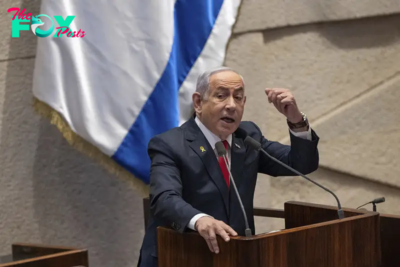
 World News1d ago
World News1d agoInternational Criminal Court Issues Arrest Warrants for Netanyahu and Hamas Commander
-

 World News2d ago
World News2d agoLandmark Bill to Ban Children From Social Media Introduced in Australia’s Parliament
-
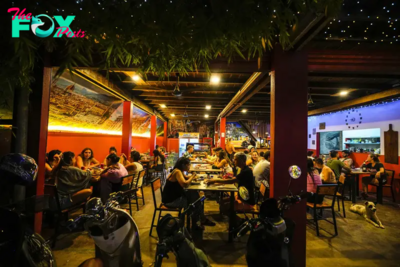
 World News2d ago
World News2d agoAmerican and Australian Tourists Die in Laos After Drinking Tainted Alcohol
-

 World News2d ago
World News2d agoSee Photos of the Seventh Volcanic Eruption on Iceland’s Reykjanes Peninsula in 12 Months
-

 World News2d ago
World News2d agoMuhammad Yunus on the Race to Build Bangladesh 2.0
-

 World News2d ago
World News2d agoU.S. Charges Indian Billionaire Gautam Adani With Defrauding Investors

















